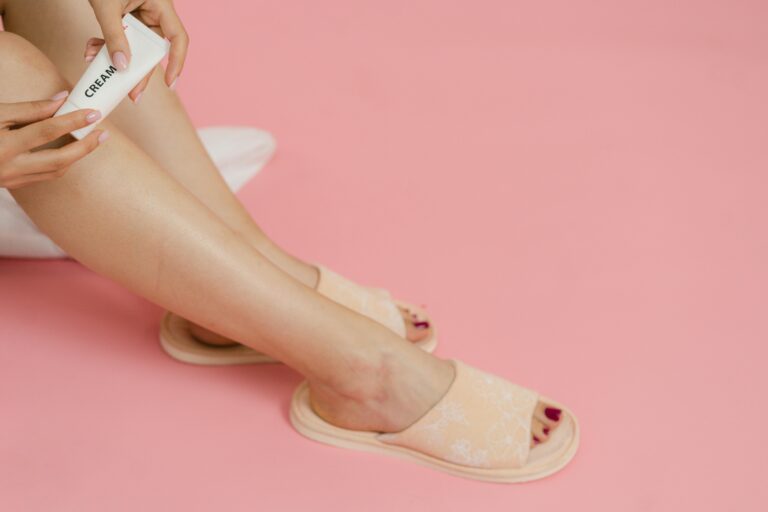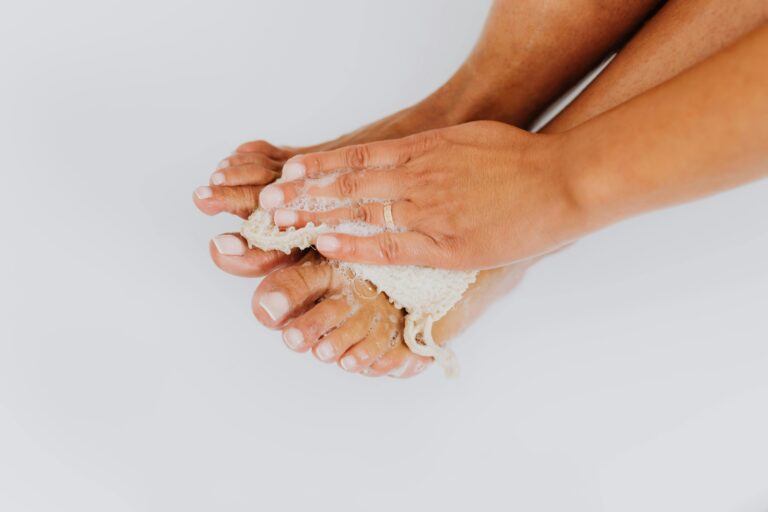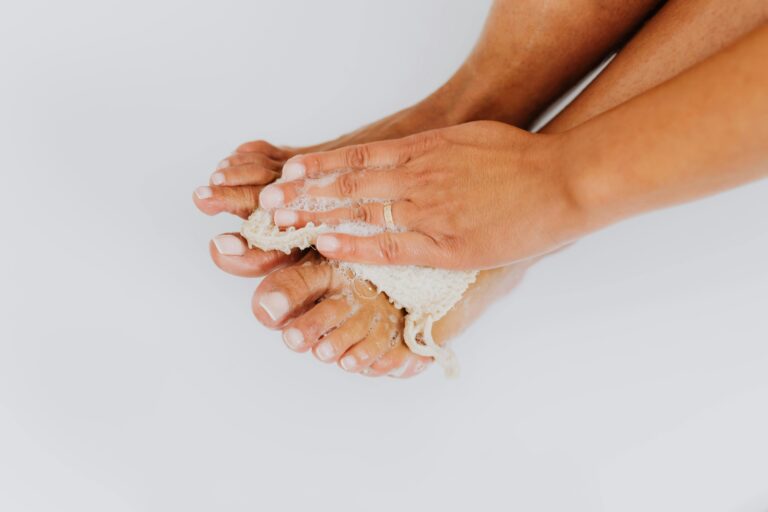In our daily routines, our feet often bear the brunt of our busy lives. They carry us through long days, absorb impact, and keep us balanced. Yet, they are frequently neglected when it comes to self-care. Regular foot massages can be a simple yet powerful way to give our feet the attention they deserve.
Not only do they provide immediate relief from pain and discomfort, but they also offer numerous long-term health benefits. In this article, we explore the importance of regular foot massages and how they can contribute to your overall well-being.
Why Foot Massages Matter
Foot massages are more than just a relaxing treat; they are a vital aspect of holistic health. The feet are home to numerous nerves and pressure points that connect to different parts of the body.
Massaging these areas stimulates blood flow, reduces tension, and can alleviate pain throughout the body. This practice, rooted in ancient traditions like reflexology, offers a natural way to promote physical and mental health.
Benefits of Regular Foot Massages
Foot massages offer a wide range of benefits that go beyond just making your feet feel good. Here are some of the key advantages:
1. Improves Blood Circulation
Poor circulation can lead to various health issues, including swelling, numbness, and cold feet. Regular foot massages help stimulate blood flow, improving circulation and oxygen delivery to the tissues.
This can be especially beneficial for individuals with diabetes or those who spend long hours sitting or standing. Enhanced circulation also promotes faster healing of injuries and reduces muscle soreness.
2. Reduces Stress and Anxiety
Foot massages are incredibly relaxing and can significantly reduce stress and anxiety levels. The gentle pressure and rhythmic motion applied during a massage activate the parasympathetic nervous system, promoting relaxation and reducing stress hormones.
This can lead to a calmer state of mind, improved mood, and better sleep quality. Regular foot massages can become a valuable part of a self-care routine to manage stress.
3. Relieves Pain and Discomfort
Foot massages can be particularly effective in alleviating pain and discomfort, especially in the feet, ankles, and lower legs. They help release muscle tension, reduce inflammation, and soothe aching joints.
For those suffering from conditions like plantar fasciitis, arthritis, or tendonitis, regular foot massages can provide significant relief and improve mobility.
4. Enhances Flexibility and Mobility
As we age, our muscles and joints can become stiff, limiting our range of motion. Regular foot massages help keep the muscles and ligaments in the feet and lower legs flexible, improving overall mobility. This can be particularly beneficial for athletes, older adults, or anyone looking to maintain an active lifestyle.
5. Promotes Better Sleep
Foot massages can help improve sleep quality by promoting relaxation and reducing stress. The soothing effects of a foot massage help calm the nervous system, making it easier to fall asleep and stay asleep.
For those struggling with insomnia or restless leg syndrome, incorporating regular foot massages into their nightly routine can make a significant difference.
6. Boosts Immunity
Regular foot massages can also support the immune system. By stimulating lymphatic drainage, massages help remove toxins and waste products from the body. This process enhances the body’s natural defense mechanisms, making it more efficient at fighting off infections and diseases.
7. Improves Overall Mood
Foot massages can release endorphins, the body’s natural painkillers and mood elevators. This release helps alleviate feelings of depression and anxiety. The calming nature of a foot massage also helps reduce the impact of daily stress, contributing to an overall sense of well-being.
Techniques for Effective Foot Massages
Understanding the right techniques can enhance the benefits of a foot massage. Here are some effective methods:
Thumb Walking
Thumb walking involves using your thumbs to apply gentle pressure along the soles of the feet. This technique helps stimulate blood flow and releases tension in the muscles. Start at the heel and move upwards toward the toes, applying pressure in small, circular motions.
Heel Squeeze
The heel squeeze technique targets the heel area, which often bears the most weight. Gently squeeze and release the heel using your thumb and forefinger. This helps relieve tension and can be particularly soothing for those who spend a lot of time on their feet.
Toe Stretch and Pull
To stretch and pull the toes, grasp each toe individually and gently pull it outward. This helps stretch the muscles in the toes and improves flexibility. Follow this by gently bending the toes back and forth to relieve tension.
Arch Rub
The arch of the foot is prone to strain and tension, especially for those with flat feet or high arches. To perform an arch rub, use your thumbs to apply firm pressure to the arch, moving back and forth. This technique helps alleviate pain and supports the foot’s natural shape.
Ankle Rotation
Ankle rotations help increase flexibility and reduce stiffness in the ankle joint. Hold the foot with one hand and gently rotate the ankle in a circular motion with the other hand. Repeat in both directions to ensure a full range of motion.
How Often Should You Get a Foot Massage?
The frequency of foot massages depends on individual needs and preferences. For general maintenance and relaxation, a weekly foot massage may suffice. However, those with specific conditions like plantar fasciitis or arthritis may benefit from more frequent sessions. It’s essential to listen to your body and adjust the frequency accordingly.
DIY Foot Massage: Tips for Home Practice
You don’t always need a professional therapist to enjoy the benefits of a foot massage. Here are some tips for giving yourself a foot massage at home:
- Use a Foot Roller: A foot roller is a simple tool that can help relieve tension in the arches and soles of your feet. Roll your feet back and forth over the roller for a few minutes each day.
- Incorporate Essential Oils: Essential oils like lavender, peppermint, or eucalyptus can enhance the relaxing effects of a foot massage. Mix a few drops with a carrier oil, like coconut or almond oil, and massage into your feet.
- Warm Up Your Feet: Soaking your feet in warm water for 10-15 minutes before a massage can help relax the muscles and make the massage more effective.
- Focus on Pressure Points: There are specific pressure points in the feet that correspond to different areas of the body. Learning these points can help you target specific areas for relief, such as headaches or digestive issues.
Conclusion
Regular foot massages are more than just a luxury; they are a valuable practice for maintaining overall health and well-being. By improving circulation, reducing stress, relieving pain, and enhancing flexibility, foot massages can contribute significantly to a healthier, more balanced lifestyle. Whether done professionally or at home, incorporating foot massages into your routine can offer both immediate relief and long-term benefits.
FAQs
How long should a foot massage last?
A foot massage can last anywhere from 10 minutes to an hour, depending on your preference and needs. A 15-30 minute massage is typically enough to reap the benefits, especially if done regularly.
Can foot massages help with plantar fasciitis?
Yes, foot massages can be very effective for those with plantar fasciitis. By focusing on the arches and heel, a massage can help reduce inflammation, alleviate pain, and improve mobility.
Is it safe to get a foot massage during pregnancy?
Generally, foot massages are safe during pregnancy, but it’s essential to consult with a healthcare provider first. Avoid pressure points that may induce labor, particularly in the ankle area.
Do foot massages improve circulation?
Yes, foot massages improve circulation by stimulating blood flow to the feet and lower legs. This is particularly beneficial for people with diabetes, those who are sedentary, or those who spend long hours on their feet.
How often should I get a professional foot massage?
The frequency of professional foot massages depends on your needs and lifestyle. For general well-being, a monthly massage is beneficial. For specific conditions, more frequent sessions may be necessary.
Can I perform a foot massage on myself?
Absolutely! Self-massage is a great way to relieve tension and promote relaxation. Using tools like foot rollers or massaging with your hands can provide many of the same benefits as a professional massage.



